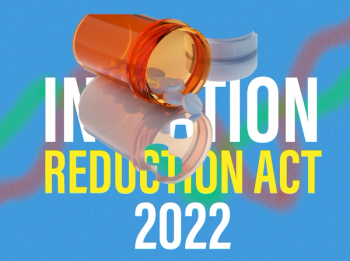
MHE Question of the Week: Should the U.S. double the amount it spends on primary care?
A recent survey on primary care spending showed the U.S. lagging behind.
The Commonwealth Fund published an issue brief last week summarizing the results of its two international surveys comparing primary care in the U.S. to nine other developed countries (Canada, New Zealand, Australia and six European countries). The surveys — one of primary care physicians and the other of adults — showed the U.S. lagging behind the other countries in almost every area when it comes to primary care. Adults in the U.S. (and Canada) were the least likely to report having a regular doctor. In the U.S., 43% of adults reported having had the same primary care physician for at least five years compared with 68% in Germany and 76% in the Netherlands. The U.S. also had the lowest percentage (29%) of primary care physicians who occasionally or frequently make house calls.
The relative lack of investment in primary care has been a feature of U.S. healthcare for many years. The Commonwealth Fund brief issue notes that the U.S. spent 4.7% of its total healthcare spending on primary care in 2021 compared with an average of 14% in other high-income countries. Some states have started to steer more money into primary care; the Commonwealth Fund says updating the Medicare physician fee schedule could be an opportunity for “supportive federal policy action” and suggests policymakers consider increasing the compensation for primary care physicians.
Should the U.S. double the amount it spends on primary care?
Newsletter
Get the latest industry news, event updates, and more from Managed healthcare Executive.





















































